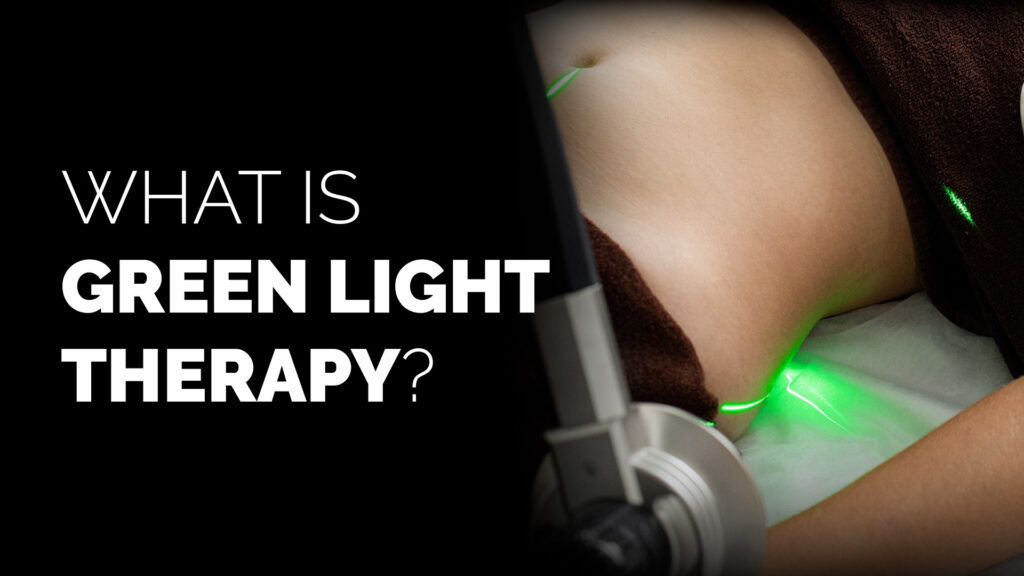
Green light therapy is an innovative weight loss treatment that has been gaining popularity in recent years. This treatment is based on the concept that exposure to green light can increase energy expenditure and metabolic rate, leading to weight loss. In this blog, we’ll explore the science behind green light therapy and how it can help you reduce body weight.
Green light therapy works by increasing the activity of the hormone melatonin. Melatonin is produced in the body when we are exposed to light, and it is responsible for regulating our sleep-wake cycle. When we are exposed to green light, our body produces more melatonin, which in turn stimulates the metabolism and increases energy expenditure.
Studies have shown that exposure to green light can also increase physical activity levels and reduce the amount of time spent in sedentary behavior. This combination of increased energy expenditure and physical activity can lead to weight loss over time.
Studies have shown that green light therapy can indeed help with weight loss. A study published in the International Journal of Endocrinology found that exposure to green light for 30 minutes per day led to a significant reduction in body weight, body mass index, and waist circumference. Another study published in the Journal of Clinical Endocrinology and Metabolism found that green light therapy increased energy expenditure and physical activity levels, leading to weight loss.
In conclusion, green light therapy is a promising weight loss treatment that has been shown to be effective in scientific studies. By increasing the activity of the hormone melatonin, green light therapy can increase energy expenditure and reduce sedentary behavior, leading to weight loss. If you’re looking for a non-invasive way to reduce body weight, green light therapy may be worth considering.